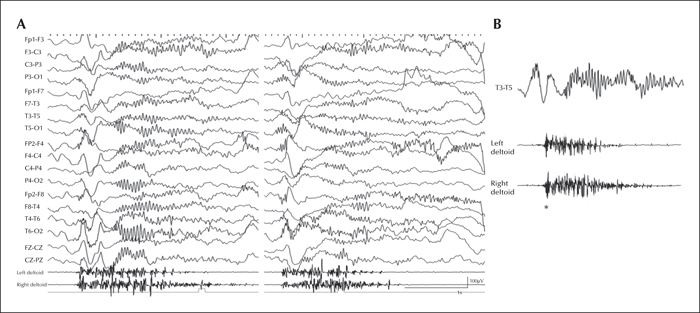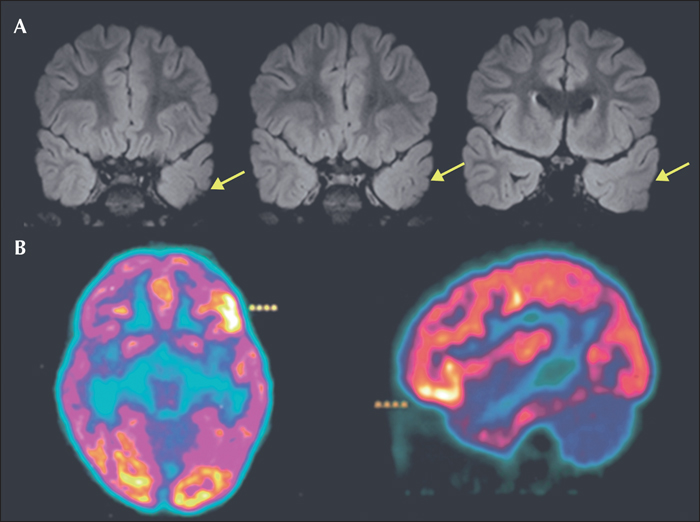Epileptic Disorders
MENUEpileptic spasms without hypsarrhythmia in infancy and childhood: tonic spasms as a seizure type (WITH VIDEO) Volume 17, numéro 2, June 2015
- Mots-clés : epileptic spasm, tonic spasm, spasm, hypsarrhythmia, oxcarbazepine, EEG
- DOI : 10.1684/epd.2015.0738
- Page(s) : 188-93
- Année de parution : 2015
Epileptic spasms were defined by the International League Against Epilepsy Task Force on Classification and Terminology in 2001 as a specific seizure type. Epileptic spasms without hypsarrhythmia have been described in some series of patients, occurring either in infancy or childhood. More prolonged epileptic spasms without hypsarrhythmia were previously defined as a different seizure type, and referred to as “tonic spasm seizures”. Here, we present a 5-year-old boy who started having epileptic spasms without hypsarrhythmia at 8 months of age, effectively treated with oxcarbazepine. With the withdrawal of medication, epileptic spasms returned. Video-EEG monitoring revealed high-voltage slow waves superimposed by low-voltage fast activity, followed by an electrodecremental phase and a burst of asymmetric fast activity, time-locked to clinical tonic spasm seizures. Brain MRI showed left temporal atrophy with temporal pole grey/white matter junction blurring and ictal PET-CT showed left basal frontal hypermetabolism. Seizures were refractory to several AEDs and vigabatrin was introduced with seizure cessation. Despite efforts to classify epileptic spasms, these are still considered as part of the group of unknown seizure types. In some cases, a focal origin has been suggested, leading to the term “periodic spasms” and “focal spasms”. In this case, epileptic spasms without hypsarrhythmia, associated with tonic spasms, may be a variant of focal spasms and might be considered as an epileptic syndrome. [ Published with video sequence]




